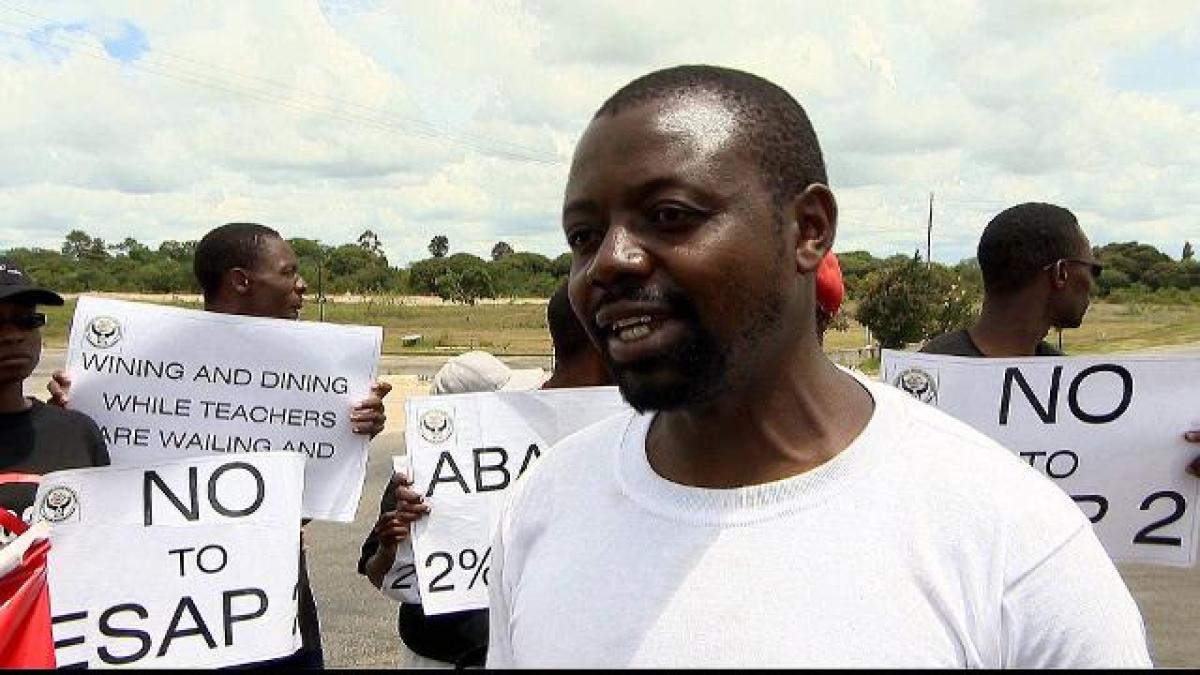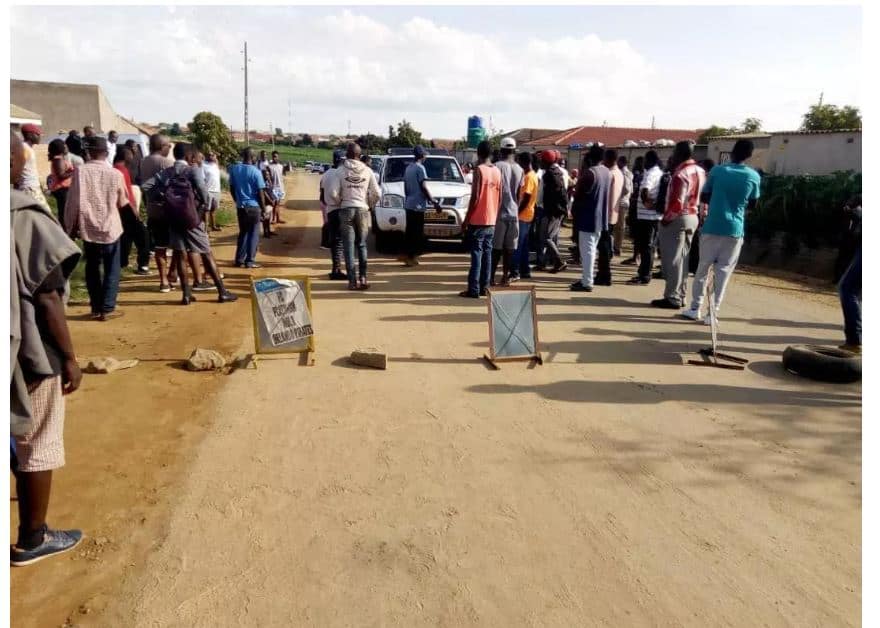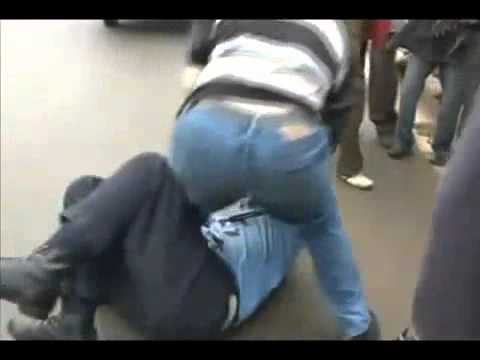Being a part of any academic institution relies on your ability to have and use critical thinking skills. Any college or university urges students to think critically. Whether you are from the USA or the UK. Whether you learn English or Spanish. In every aspect of academic life, one can find traces of critical thinking. However, along with thinking, students are often taught various aspects of critical writing and critical reading. These three components create the essential foundation of analysis. They can be instrumental when writing essays, doing a review or reviews, and conducting research.
In critical analysis, a writer focuses on literature, a movie, a book, or a work of art and analyzes it from various standpoints. For instance, when writing a critical analysis essay, you should rely on an evidence-based approach and logical reasoning. Most importantly, having an assignment in critical analysis can be challenging. However, it can be beneficial and also fun. Thinking, reading, and writing critically expands your mindset and grants skills to propagate your academic achievements. We would like to share some practical tips that help you make the most of critical analysis tasks in this guide.
Preparation phase
There is no good work without preparation. Critical analysis is a serious task that requires an investment of time and effort. However, two specific prerequisites ensure a good start for the assignment.
- Every critical analysis task requires an investigation of material. When working with written sources, engage in thorough and careful reading. Imagine yourself working with the original sources of information, the one that represents an opinion of a particular author. Your task is to accurately represent the author’s perspective and ensure that there is no plagiarism involved. You need to clearly understand the author’s angle. To do such a thing, engage in active reading. The technique relies on in-depth analysis of a text. Take a pencil if you work with a physical copy, or use software to work with a digital copy. In the course of reading, mark all the moments you deem essential. Later, you can use them for a synthesis, which is crucial for critical analysis.
- Choosing a thesis statement is a cornerstone of critical analysis. In any assignment, including critical analysis, you need to have a claim. In such a case, a thesis statement is the best option to make a claim about a particular author’s viewpoint. Your thesis statement is a single most important sentence that must be written. Ensure that your thesis statement is error free and fully represents what critical analysis will be about. To make a good thesis statement, think about several things you will talk about in the paper and narrow them down into several phrases you can integrate into one sentence.
Completion stage
After the preparatory work is complete and your thesis statement, it is time to work with the content itself. To make an expert-like critical analysis, you need to focus on several key elements.
- The introductory paragraph is what makes an audience interested in your paper. You need to understand that an introduction to your essay is the first thing people will read. No matter how many papers you need to write, focus on the introduction with the utmost resilience. In any paper with an introduction, including critical analysis, you need to have a strong hook. Start with a rhetorical question or some bold statement. With such an approach, you can get a reader’s attention. The introduction should mention what type of work you will explore critically. Finally, a good introduction always ends with a thesis statement.
- Careful organization of the body of the paper. Make sure your work is adequately divided in terms of content. Each body paragraph needs to focus on a single specific topic linked to the thesis statement. Provide background information, use quotes and paraphrases, offer details and explore contrasting viewpoints. The number of body paragraphs can vary depending on the scope of the paper. In general, the critical aspect is to ensure that each body paragraph explores some particular point.
- The concluding paragraph is a point to wrap up your critical analysis. In this part, you need to recap the main points within the body paragraphs. Importantly, do not introduce any new information or evidence in the conclusion. However, do not forget to offer some concluding remarks and provide other students with some food for thought. The conclusion is the end of the critical analysis and the potential beginning for any further discussion on the topic.
Analysis part
Along with preparation and completion, there are several critical stages of post-work. Having a custom critical analysis depends on your ability to present your unique style. Often, writers underestimate the power of editing, revising, and polishing.
- Revision is necessary. I bet that any writer will find more than one error in their work being written. A writer is a person who can both write and revise. Consider rechecking your critical analysis for different grammatical, lexical, stylistic, and logical errors. The general rule suggests revising the paper at least two-three times. Most importantly, check whether the information in body paragraphs correlates to the thesis statement.
- When there are still doubts about your critical analysis piece, you can always look for professional assistance. There are professional companies like CustomWritings – writing service offering custom writing help for students. For a relatively cheap price, you can use the service to order from the website and buy a top quality piece from scratch, the one written in a personalized manner and delivered to you online. Companies like this one offer services and professional help in providing original work. As a customer, you can urge the company to offer an expert opinion on your critical analysis.
- Know the difference between the first and final drafts. Even though you might feel that the work is done after the first draft is written, you better think twice. The chance is the first draft is the piece that cannot be fully represented as a critical analysis. After all the revision, editing, and polishing, you can have your final draft. If you are not satisfied with your final draft, show it to your friend, instructor, or fellow student to get a second opinion.
Final remarks
This is the part resembling the concluding paragraph of your critical analysis. Above, there are essential tips that you can use as a student. Remember, critical analysis depends on reading, thinking, and writing. Get your thesis first, and then proceed to the introduction, body, and conclusion. Revise, revise, and revise. If that is not enough, get a second opinion or order professional assistance.














